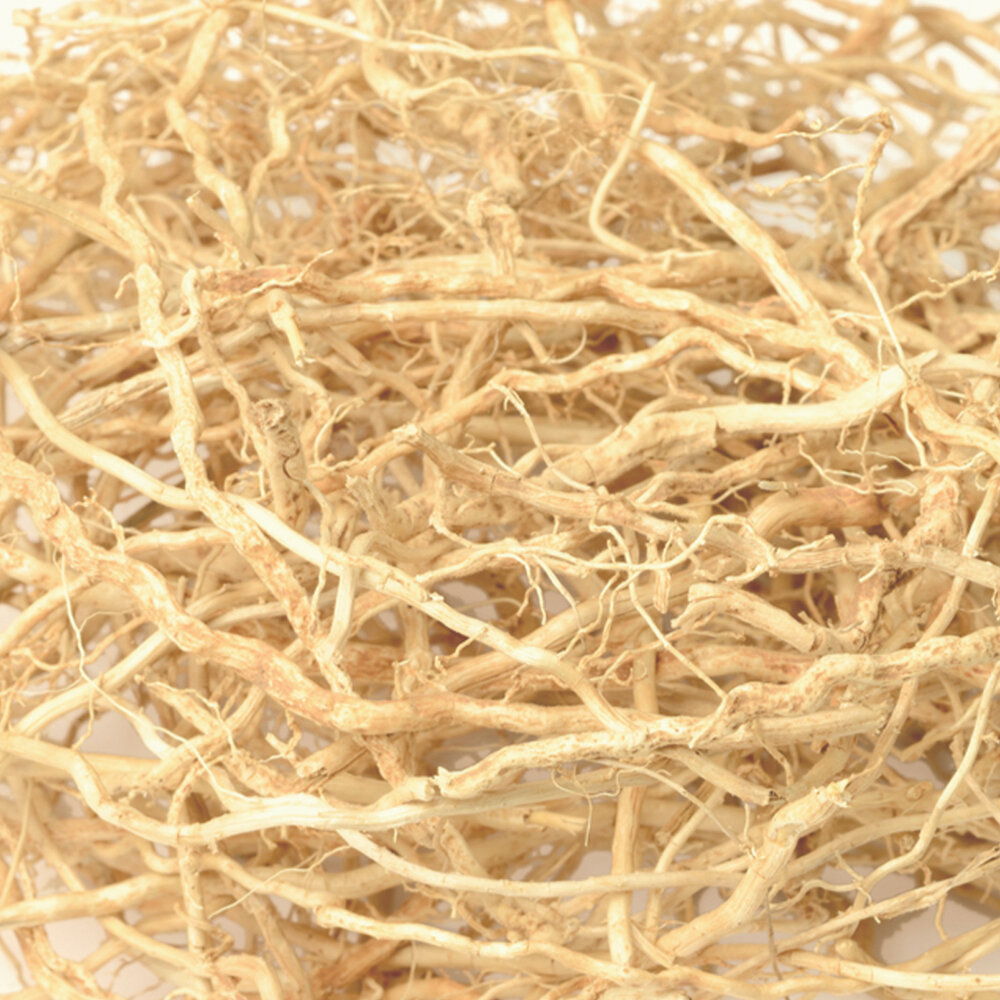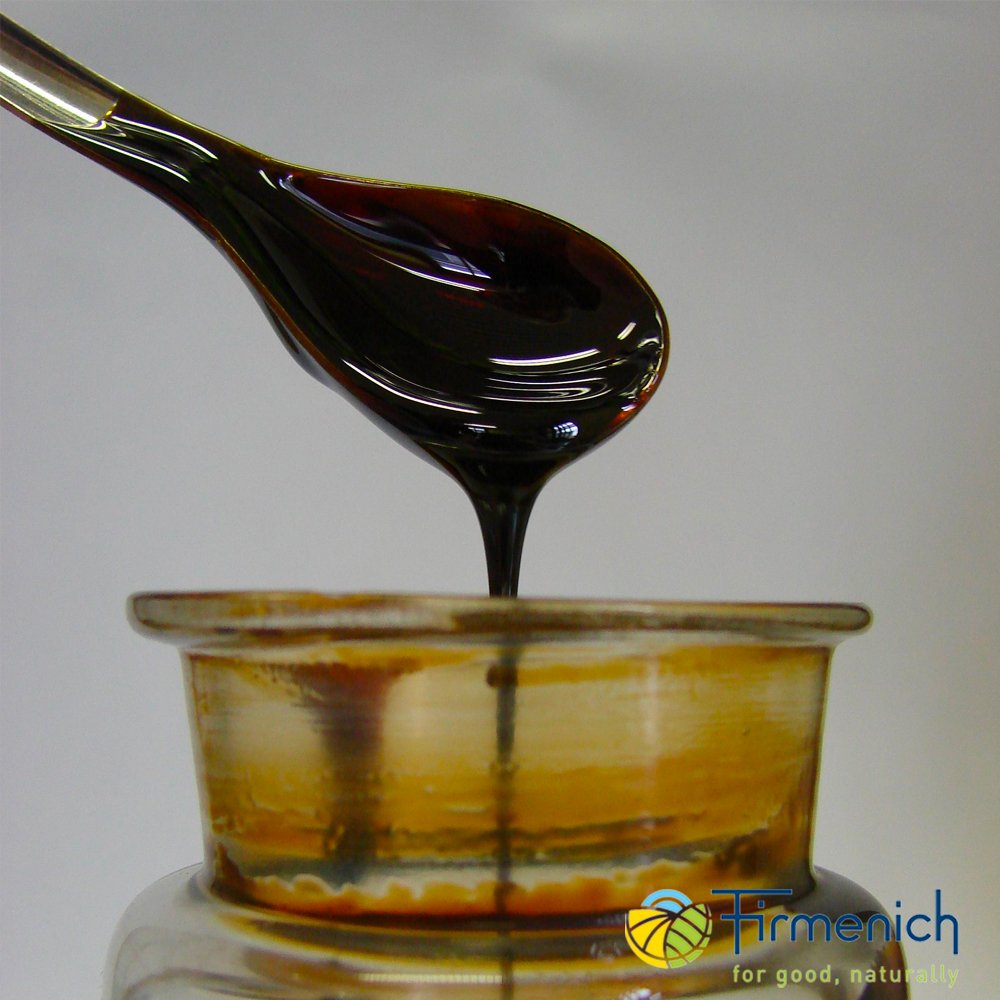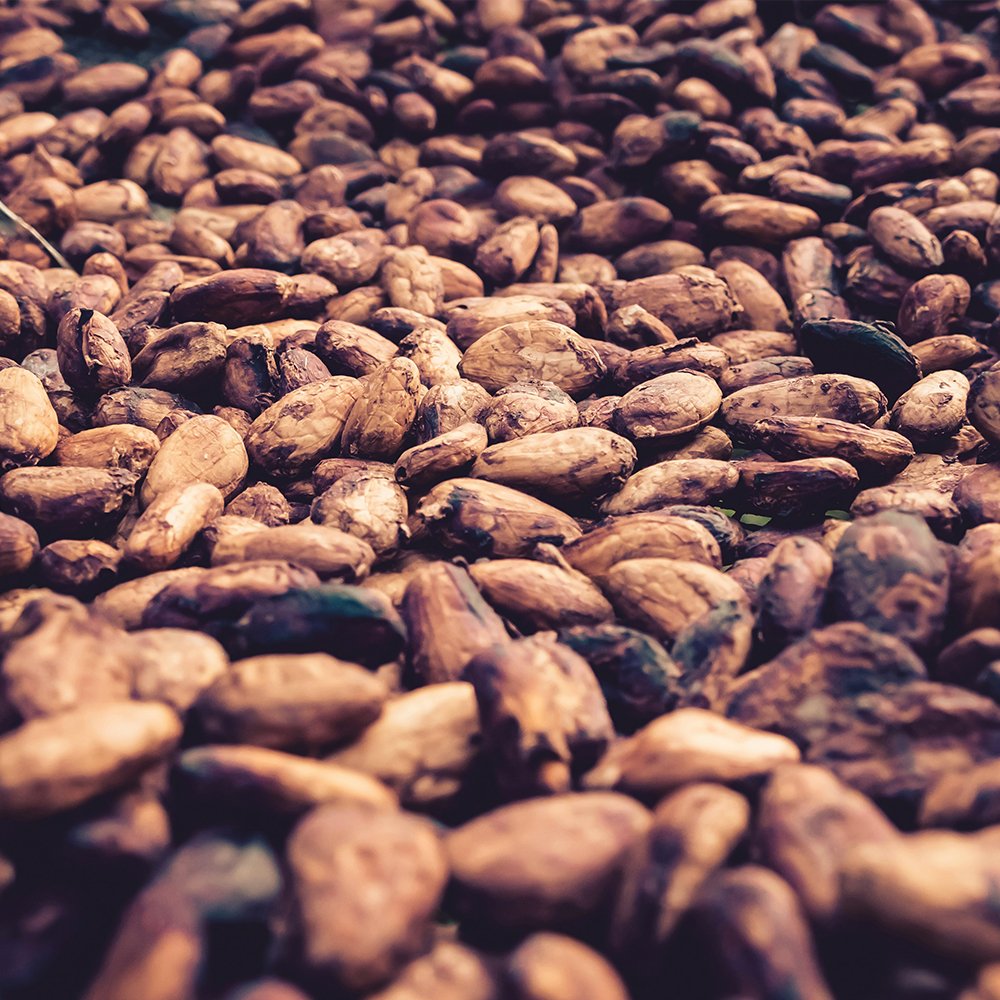 Image 1 of 2
Image 1 of 2

 Image 2 of 2
Image 2 of 2



Vetiver Haiti Oil
Premium Natural Ingredient for Perfumery
Vetiver Haiti Oil (CAS 8016-96-4) is an essential oil steam-distilled from the aged roots of Chrysopogon zizanioides, cultivated in the mountainous regions of Haiti. It is globally recognized as the benchmark quality for vetiver in perfumery, offering a rich, woody-earthy aroma with humid, floral, and fruity nuances. Notably high in vetiverol and related sesquiterpenes, this grade is prized for its tenacity, depth, and natural complexity. Widely used across modern and classical fragrance types, Vetiver Haiti Oil functions as both a fixative base note and a distinct odor contributor in fine perfumery.
Premium Natural Ingredient for Perfumery
Vetiver Haiti Oil (CAS 8016-96-4) is an essential oil steam-distilled from the aged roots of Chrysopogon zizanioides, cultivated in the mountainous regions of Haiti. It is globally recognized as the benchmark quality for vetiver in perfumery, offering a rich, woody-earthy aroma with humid, floral, and fruity nuances. Notably high in vetiverol and related sesquiterpenes, this grade is prized for its tenacity, depth, and natural complexity. Widely used across modern and classical fragrance types, Vetiver Haiti Oil functions as both a fixative base note and a distinct odor contributor in fine perfumery.
Premium Natural Ingredient for Perfumery
Vetiver Haiti Oil (CAS 8016-96-4) is an essential oil steam-distilled from the aged roots of Chrysopogon zizanioides, cultivated in the mountainous regions of Haiti. It is globally recognized as the benchmark quality for vetiver in perfumery, offering a rich, woody-earthy aroma with humid, floral, and fruity nuances. Notably high in vetiverol and related sesquiterpenes, this grade is prized for its tenacity, depth, and natural complexity. Widely used across modern and classical fragrance types, Vetiver Haiti Oil functions as both a fixative base note and a distinct odor contributor in fine perfumery.
Natural Ingredient Overview
🏭 Manufacturer (if available): Haitian distillers (Artibonite, Les Cayes)
🔎 Chemical name: Essential oil of Chrysopogon zizanioides
🧪 Synonyms: Vetiver Haiti Oil, Haitian Vetiver
🧬 Chemical Formula: Complex mixture; rich in vetiverol, khusimol, vetivenic acid derivatives
📂 CAS N°: 8016-96-4
📘 FEMA: 3109
⚖️ MW: Not applicable (natural mixture)
📝 Odor type: Woody, Earthy
📈 Odor Strength: Very high (long persistence)
👃🏼 Odor Profile: Deep woody-earthy, with moist soil character; floral-fruity brightness and mild smoky-dry top note
⚗️ Uses: Fixative and odorant in fougère, chypre, woody-aldehydic, and amber compositions
🧴 Appearance: Olive-brown to amber viscous liquid
What is Vetiver Haiti Oil?
Vetiver Haiti Oil is obtained from carefully matured Chrysopogon zizanioides roots grown in Haiti’s highland terroirs. This origin is esteemed for its slow-grown rhizomes, which develop exceptional oil quality, marked by high alcohol content (vetiverol, khusimol) and lower levels of undesired “green” fractions. The oil is produced by steam distillation, typically on small cooperative or artisanal scale. Its unique olfactory signature and longevity on blotter make it a foundational material in fine fragrance—used not only for fixative purposes but also for its deep woody identity.
Olfactory Profile and Perfumery Applications
Vetiver Haiti Oil displays a multi-dimensional woody-earthy aroma:
Heart and base notes: mossy root, precious wood, humid soil
Top notes: subtle smokiness, occasional minty-green sparkle
Drydown: rich, floral-woody roundness, with soft balsamic accents
Its balance of tenacity, clarity, and depth makes it indispensable in:
Chypres (especially oakmoss-forward)
Fougères (as a base anchor with lavender and coumarin)
Amber-woody and aldehydic structures requiring fixative weight
Oriental blends paired with opopanax, labdanum, or patchouli
It blends beautifully with:
grapefruit, ionones, sandalwood, patchouli, linalool, cinnamic alcohol, clary sage, oakmoss, and aldehydes.
Industrial and Technical Uses
Haitian Vetiver Oil is mainly used in fine fragrance creation. Its strong fixative power and ability to subtly influence composition weight also make it suitable for:
Natural perfumery and NPD development
High-end personal care (e.g., beard oils, luxury soaps)
Niche candles or olfactory storytelling formats
Because of its unmatched olfactory structure, it is less commonly used in technical applications compared to lighter vetiver fractions.
Regulatory and Safety Overview
IFRA Restrictions: None under standard usage
EU Allergens: May contain farnesol, linalool, limonene in trace amounts
FEMA GRAS Number: 3109
ECHA Classification: Not classified as hazardous
REACH Registration: Registered under essential oils (fragrance use)
Toxicology Notes: Well tolerated at conventional inclusion levels; use aged samples to reduce potential top-note reactivity
✅ No specific restrictions. Vetiver Haiti Oil is considered safe and stable for long-term perfumery use.
Ingredient Connections and Synergies
Vetiver Haiti Oil is prized for its purity of tone and complexity, especially in contrast with:
Vetiver Uruguay Bourbon Type Oil – smoother and sweeter, with less green depth
Vetiver Terpenes – lighter, brighter, terpenic top/mid focus
Vetiveryl Acetate – clean ester derivative used when clarity is needed
Patchouli Crude Oil – enhances rooty and resinous base anchoring
Haitian vetiver often serves as the core woody-earthy signature in heritage and high-longevity fragrances.
Sources
Steffen Arctander – Perfume and Flavor Materials of Natural Origin
Fulvio Ciccolo – Scentspiracy Research Notes (2020)
ECHA Substance Information
FEMA GRAS Database
Wikipedia – Chrysopogon zizanioides (2020)





